RC Giants of WW I
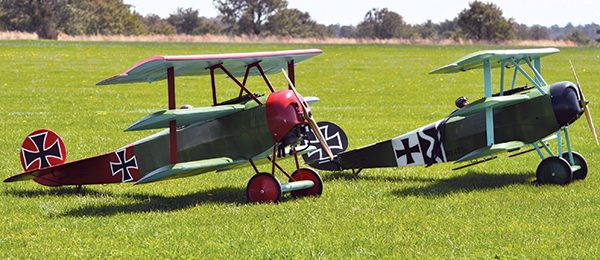
by Sal Calvagna The RC Giant aircraft of WWI Read the RC Giants column in the August 2014 issue of Model Aviation.
August 2014 marks the 100th anniversary of the start of World War I. In Europe, where much of the conflict was fought, numerous events have been planned throughout the next four years to mark specific dates in the war. It is difficult to explain the sacrifices made by so many to a generation of people who has never met anyone who experienced the conflict, as it slips inexorably beyond living memory. During the course of WW I—also known as The Great War or the War to End All Wars (which sadly was not true)—more than 16 million people perished. Unlike earlier conflicts fought between nations of Europe, new and terrible weapons were developed. These included the machine gun, submarine, nerve gas, the tank, and aircraft. As trench warfare proved unsuccessful, combatants looked to sea and air power to break the stalemate. The progress in the development of aircraft during the war was truly amazing. At the start of the conflict, those in command were unconvinced of the value of aircraft in warfare. The Germans did use rigid dirigibles for reconnaissance over the North Sea and to bomb England. The cavalry was unable to provide the reconnaissance needed on the battlefield because of the massively increased firepower of the new weapons employed by both armies; however, aircraft could provide the information needed. Three main types of reconnaissance included photographic, artillery spotting, and contact patrol, where aircraft could relay real-time information about the course of a battle. The role of aircraft grew as the war progressed, leading to specialized airplanes including fighters, ground attack, and finally bombers. From early, flimsy monoplane designs festooned with support wires and wing warping control such as the Taube and Eindecker, to rugged gun platforms later in the conflict including the S.E.5a and Fokker D.VII, aircraft design and development rapidly advanced during the conflict.
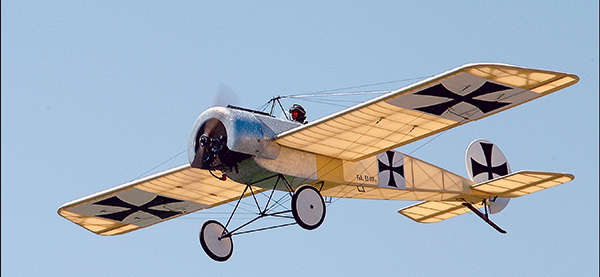
The Fokker Eindecker was the first aircraft of the war to feature interrupter gear on the machine gun. This aircraft started what was called the Fokker Scourge. It had wing warping for roll control.
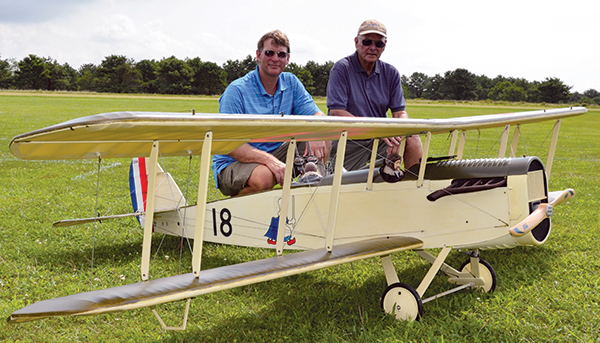
The de Havilland D.H.4 was built under contract in the US.
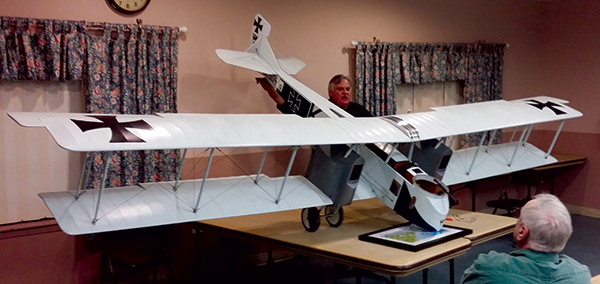
The dreaded Gotha G.IV bombers attacked London in 1917, resulting in sorely needed front-line aircraft returning to England for defense.
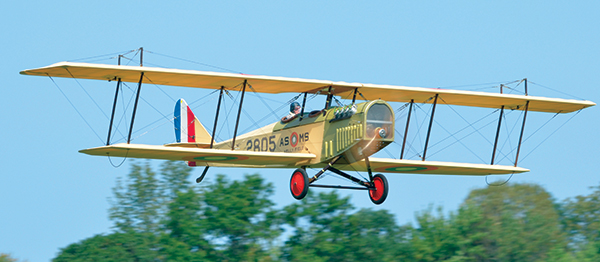
The Curtiss JN-4 Jenny trained many of our pilots for the conflict. Thousands were available after the war and the Jenny became the backbone of civil aviation in the US.
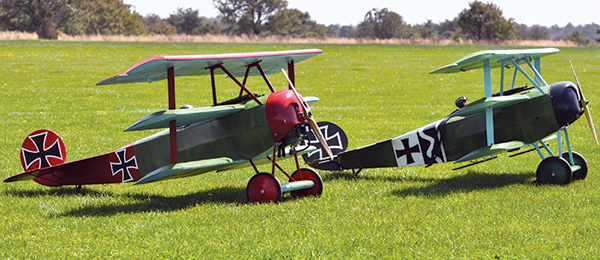
The Fokker Dr.1 triplane was not the best, but easily the most recognized, aircraft from WW I.
Aircraft of WW I can be seen at select museums and a few flying fields around the globe. There are few actual examples existing today. These are lovingly cared for so that future generations can step back in time. More likely seen are replicas built and flown by enthusiasts who wish to experience early flight and keep history alive. However, we modelers represent the largest group of people who keep the spirit of early aviation alive and the memories of those young men who fought for their respective nations in aircraft flown from 1914 to 1918. The end of the war brought many changes. The great imperial powers of Germany, Russia, and the Austro-Hungarian and Ottoman empires were no more. Russia became the first communist country and the map of Europe was changed forever with the addition of several independent nations. The loss of life during World War I paled in comparison to what took place during the last year of the war and into 1920. It is estimated that the Spanish Flu of 1918 infected 500 million and killed between 50 and 100 million people. It was called the Spanish Flu because combatant countries censored the news of the flu to maintain morale, but in neutral Spain the flu was not censored, giving the false impression that Spain was hardest hit. This column is dedicated to models of the Great War. Here’s a selection of photos of World War I Giant Scale models that I have taken throughout the years. I have tried to include as many types as possible. See how many you can name.
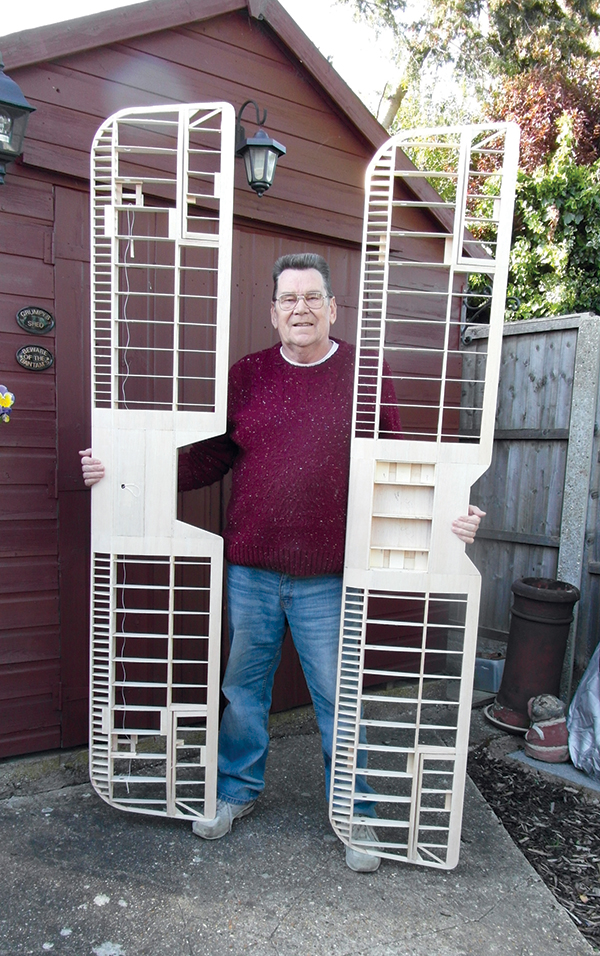
Ted Galbraith, of North Weald, Essex, England, with the newly framed wings of his Balsa USA S.E.5a.
The photo above is of Ted Galbraith of North Weald, Essex, England, with the wings he just framed up for his Royal Aircraft Factory S.E.5a from a Balsa USA kit. The airfield at North Weald was instrumental in home defense during World War I and II and is still an active airport. Ted is a member of the model flying club at North Weald and will fly his S.E.5a in remembrance of those gallant British pilots of the Great War.







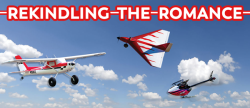
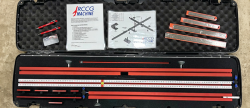

Add new comment